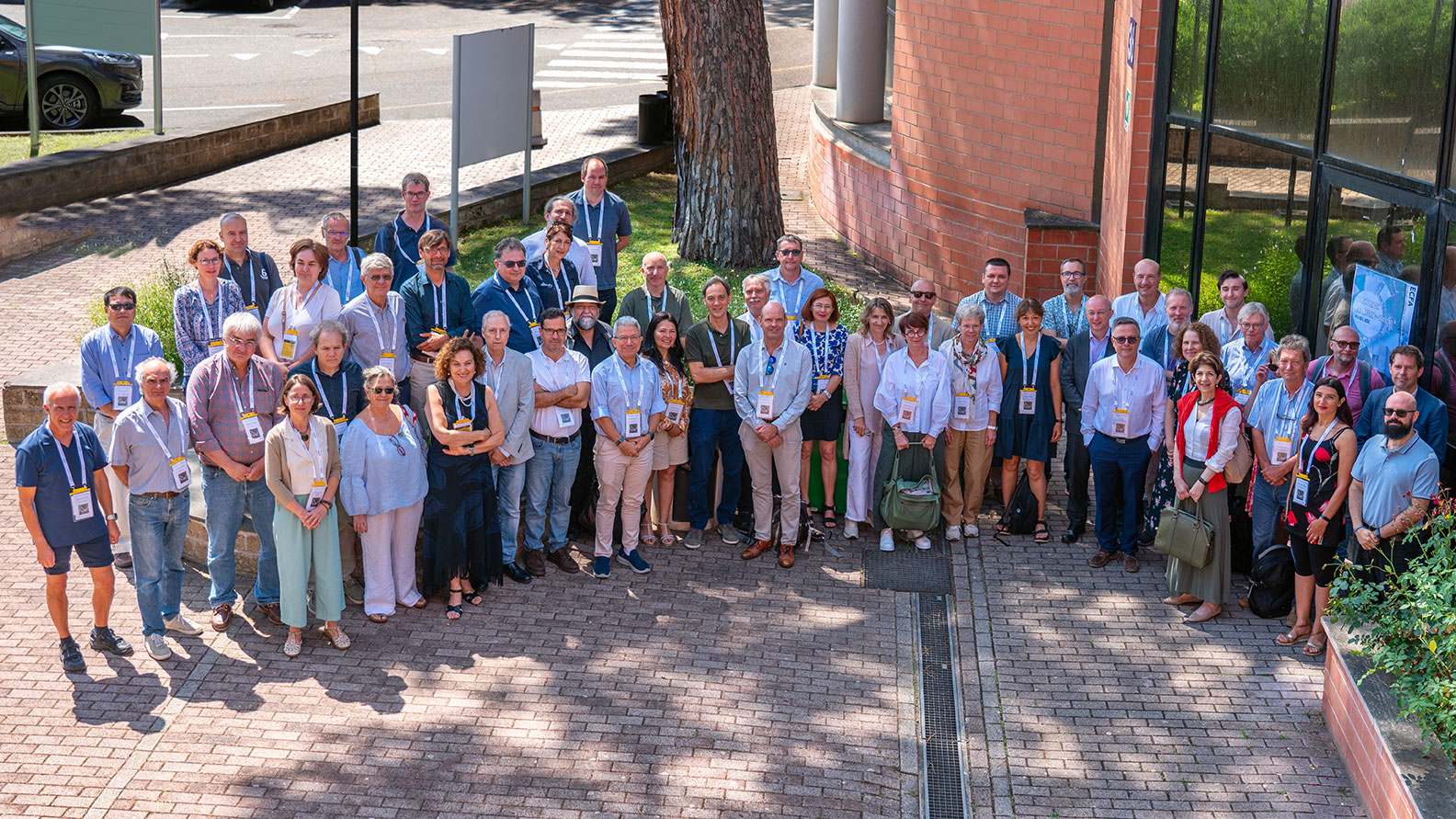 The 114th plenary meeting of the European Committee for Accelerators of the Future (ECFA) took place on 4-5 July at INFN Frascati National Laboratories. The event gathered over 60 representatives of the Committee, consisting of 29 member states and CERN, including Fabiola Gianotti, the Director General of the great European research centre.
The 114th plenary meeting of the European Committee for Accelerators of the Future (ECFA) took place on 4-5 July at INFN Frascati National Laboratories. The event gathered over 60 representatives of the Committee, consisting of 29 member states and CERN, including Fabiola Gianotti, the Director General of the great European research centre.
Plenary meetings of ECFA occur twice a year and are intended to share with the full committee and, by extension, with the wider particle physics community the latest state and plans for the major high energy physics initiatives in Europe. Every two years, ECFA organizes the summer meeting in one of the research centers that form the backbone of European accelerator developments.
“This is a tradition that was interrupted by the Covid pandemic and has resumed with the current meeting at the Frascati National Laboratories, which continue to be at the forefront of science and technology also beyond Europe”, states Paraskevas Sphicas, Chair of ECFA.
“This meeting in Frascati highlights our Laboratory’s commitment to remain a leading player in shaping the strategy for the future of particle physics in Europe,” adds Fabio Bossi, director of the Frascati National Laboratories.
ECFA’s plenary meeting was preceded on July 3rd by the first Italian meeting of the ECFA Early Career Researcher group (ECFA-ECR). The goal of the event was to initiate a discussion on the future of research in the field of particle accelerators, with a particular focus on career paths. Part of the event was dedicated to establishing an Italian network of early career researchers aimed at promoting constructive intergenerational dialogue in view of the European Strategy.





